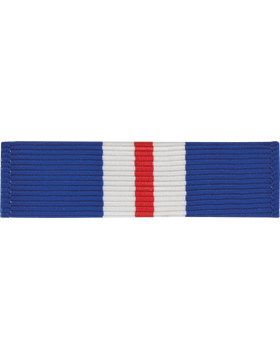.
Another good sailing day; and again with a hurricane on the horizon. That is part of this region's weather pattern, as sailors we must deal with the facts.
Because of the risk of storm winds & high water, the advanced sailors did not rig up the FJs today, we left them secured. However we did sail Javelins again today, and carried out a few more exercises intended to build skills & confidence.
Beginner sailing cadet with Coach Gormley, preparing to hoist the mainsail
It should be easy for you to identify the parts of the boat in this photo
By this time in the class, we should know the basic parts of the boat: Hull, Bow, Stern, Gun'l, Rudder, Tiller, Centerboard, Rig, Standing Rigging, Forestay, Sidestay, Mast, Boom, Jib, Jib Halyard, Jib Sheets, Mainsail, Main Halyard, Main Sheet, Outhaul, Boom Vang, Cleat(s). We should know at least three basic knots, and where they are used on the boat.
We've gotten a good start on actual sailing skills, so all the terminology for basic parts of the boat should be easy for us at this point. Now, half the class is made up of advanced sailors, and so we are throwing yet more terminology at them! What is the gooseneck???

One of the fun things about sailing is that it is truly a different language.
Sailing conditions were gusty today, and that makes the Boom Vang more important. Here is a crew of advanced sailing cadets, listening to advice and practicing how to adjust their Boom Vang.
Were the advanced sailors disappointed to not be sailing the "sports cars" of the fleet, our FJs? Probably yes. However it was good practice to sail the Javelins.
Now is a good time to go over our
Sailing Drills (link). These are both practice and demonstration of skills necessary to qualify as an NJROTC sailor, and also to realistically control the vessel under most circumstances.

One of the skills that our advanced sailors need to practice is steering the boat and working the sheets together. It was common today to see a boat turn, and the sails either remain in the same place (pulled in too tight for the
Point of Sail) or flap while the sailors figured out what to do next.
The Javelins may not be "sports cars" but they can move right along. This one is kicking up a wake, sailing on a Close Reach.
.
Meanwhile, the beginner sailing cadets were sailing in the Javelins also, with coaches helping.

Here are two newbie with Coach Hallquist. They are on their 2nd underway session, practicing steering and handling the sails while actually out on the water. This follows practice in rigging up the boat, and will be followed by more practice in unrigging and putting everything away properly. We expect our sailors to keep their boats and gear "squared away."
With a hurricane lurking over the horizon, it was overcast with gusty winds. This photo shows a nice calm moment in sailing the boat!
.

We have two yellow Javelins, at this point all cadets are out on the water. For some classes, we have to divide the sailors in two and have them take turns. One of the coaches primary jobs is to care for our fleet and keep the boats in good sailing condition.
.
Sailing on a Close Reach, hopefully these cadets will be ready to handle the boat on their own soon.
This Javelin could turn slightly towards the viewer, toward the wind, and pull the sheets in tighter, and the boat would be Close Hauled.
We expect the advanced sailors to be able to skipper their boats upwind efficiently, sailing Close Hauled smoothly. For beginners, this is a difficult skill.
.
Time's up, back to the dock, time to unrig the boats and get back on the bus.
The sails must be properly rolled and stowed, the boats correctly tied to the dock, rudders removed, and all gear put away.
This is part of the basic sailing qualification.
.

Yes it's work, but it's fun too.
And well worth while!
. ... posted by Assistant Coach Douglas King
.

















































